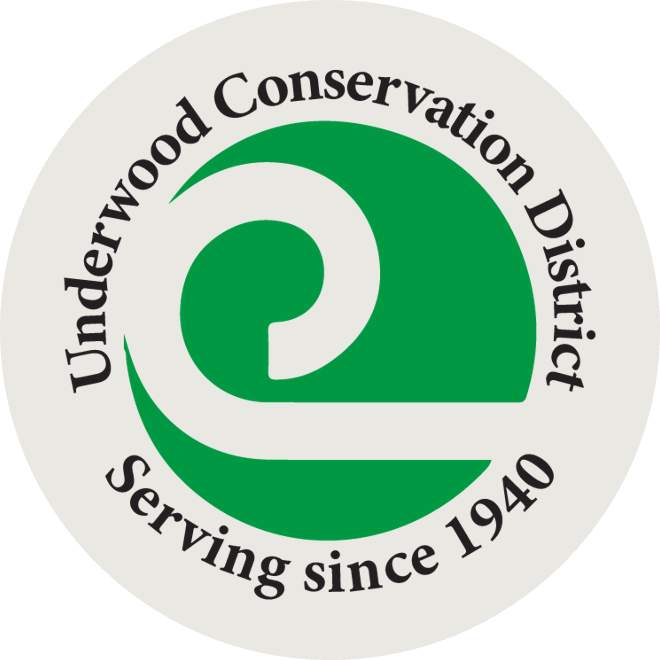Take Action Against Invasive Species
By Cyndi Soliz, Skamania County Noxious Weed Department and Tova Tillinghast, Underwood Conservation District
Residents and visitors of the Columbia River Gorge alike can take action to prevent the spread of invasive species. While many weeds are coming into bloom now, raising awareness about invasive species and how to prevent them is a year-round need.
The moment you brush past a plant or set down your backpack in a meadow, you’ve invited seeds to cling on to your belongings. Then, while on your trip home or during your next adventure, you accidentally disperse the seeds, spreading invasive species into a new ecosystem. Those invasive species can outcompete native species for food and habitat and sometimes even cause their extinction.
Whether you travel afar or just live locally, invasive species can cause a nuisance and even environmental or economic harm on public and private lands. Your favorite destination or your own backyard could be the next site for a noxious weed infestation. Seeds can be found on your boots, socks, and clothing: they may be lying dormant in the mud between your boot treads, or caught in between your shoes and socks, or they may have simply attached themselves to your clothes like velcro. What’s more, those same species caught within the treads of your shoes can be in the treads of your bike, ATV, and stroller tires.
One of our favorite companions, our dogs, can also give invasive plant seeds a ride to their next home. It is important to inspect your four-legged companions and remove any plant material you find before travelling to another site.
There are many habits people can adopt to lessen the probability of transporting pests. Here in the Columbia Gorge, many trails have installed Boot Brushes. Hikers can clean their boots before their hike in order to reduce the chances of any unknown hitchhikers escaping into trail systems and after a hike to prevent the spread of weeds to other trails or even their own backyards.
Boot Brushes can reduce spread of weeds from site to site. It is important to use them before and after your hike, as weed seeds can be very small, so clean boots even if you suspect they are clean. Be sure to clean camping gear, including sweeping out tents and brushing off tarps on site before packing up to leave.
Spreading invasive species doesn’t stop at seeds or plant pieces. Many pests and plant diseases can spread as well. On farms and forestry operations, specific agricultural sanitation practices are necessary to prevent invasives, pests, and crop diseases from spreading when moving equipment or tools between forests, fields and farms.
A key action to prevent the spread invasive insect species is to buy and use firewood locally. Dangerous forest insects like the Bark Beetle and Gypsy Moth, which affect our forestry and orchard industries, can hitchhike their way into a new area on firewood transported long distances.
Invasive plants and pests are not limited to land! There are a host of aquatic invasives to be aware of like the zebra mussel, New Zealand mudsnail, and plants like Eurasian milfoil. Clean off visible aquatic plants, animals and mud from watercraft, gear, paddles, floats, ropes, anchors, trailers and dip nets when you exit a waterbody. Drain any extra water from your gear, and dry everything for 5 days or more unless otherwise required by local or state law when moving between waters to kill small species that are not easily seen. Never empty aquariums into local waters or release fish or other pets.
To learn more about essential actions we can take to prevent the spread of invasive species visit playcleango.org. Most counties also have noxious weed departments and soil and water conservation districts with access to expertise and resources for identifying suspected plants and pests.
Photo: Simon, age 2, using a boot brush at Rowena Plateau trailhead.
